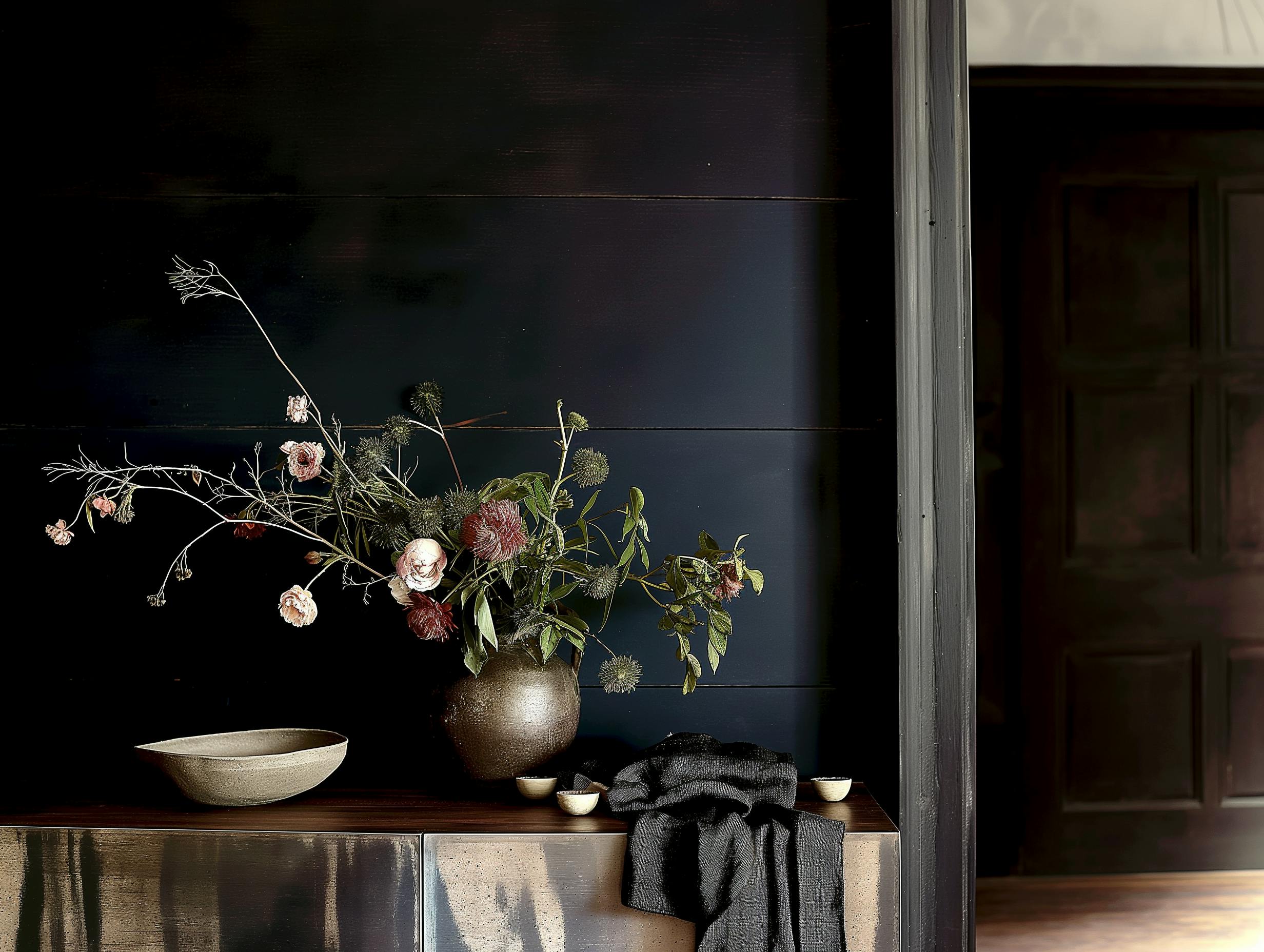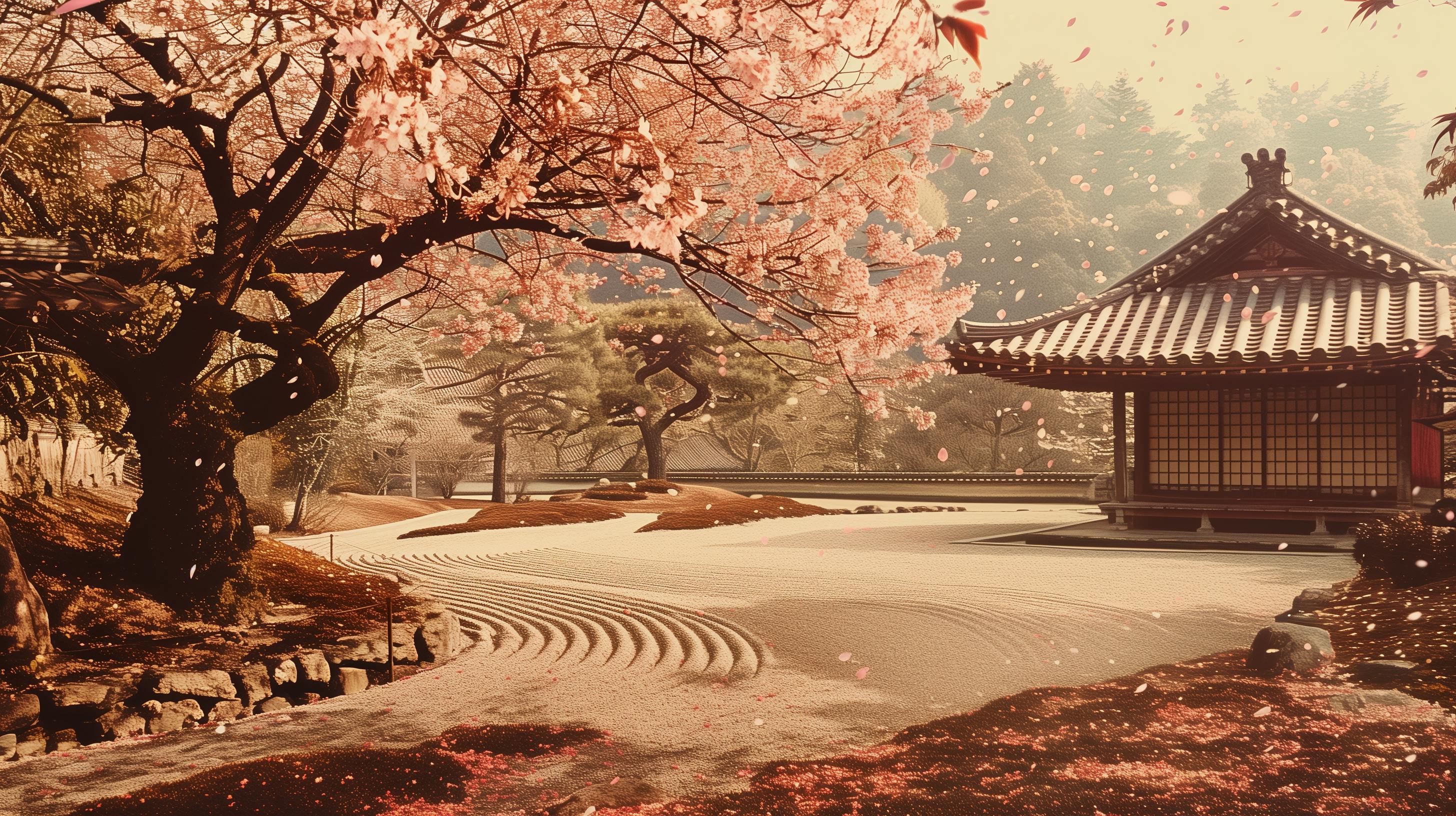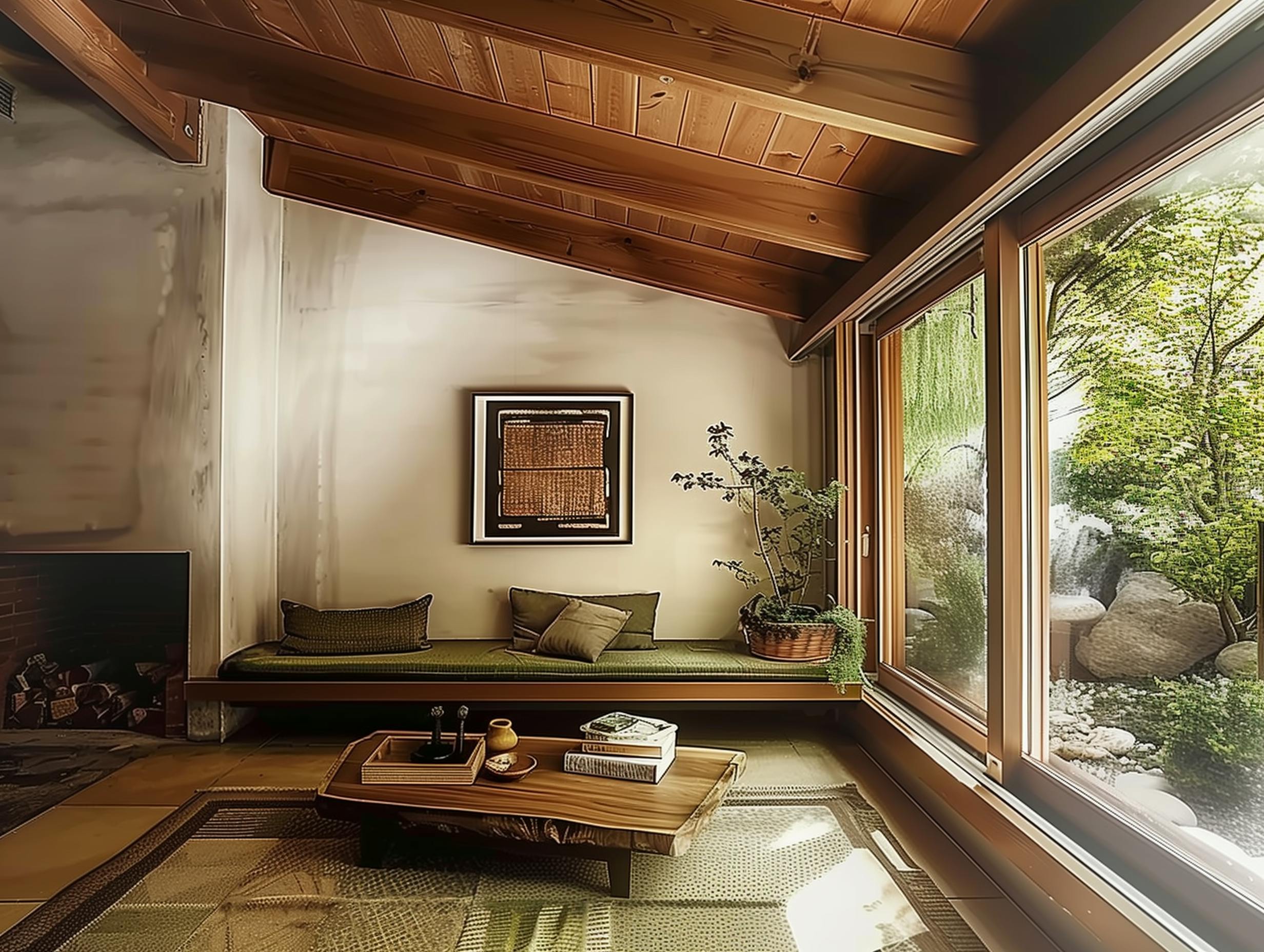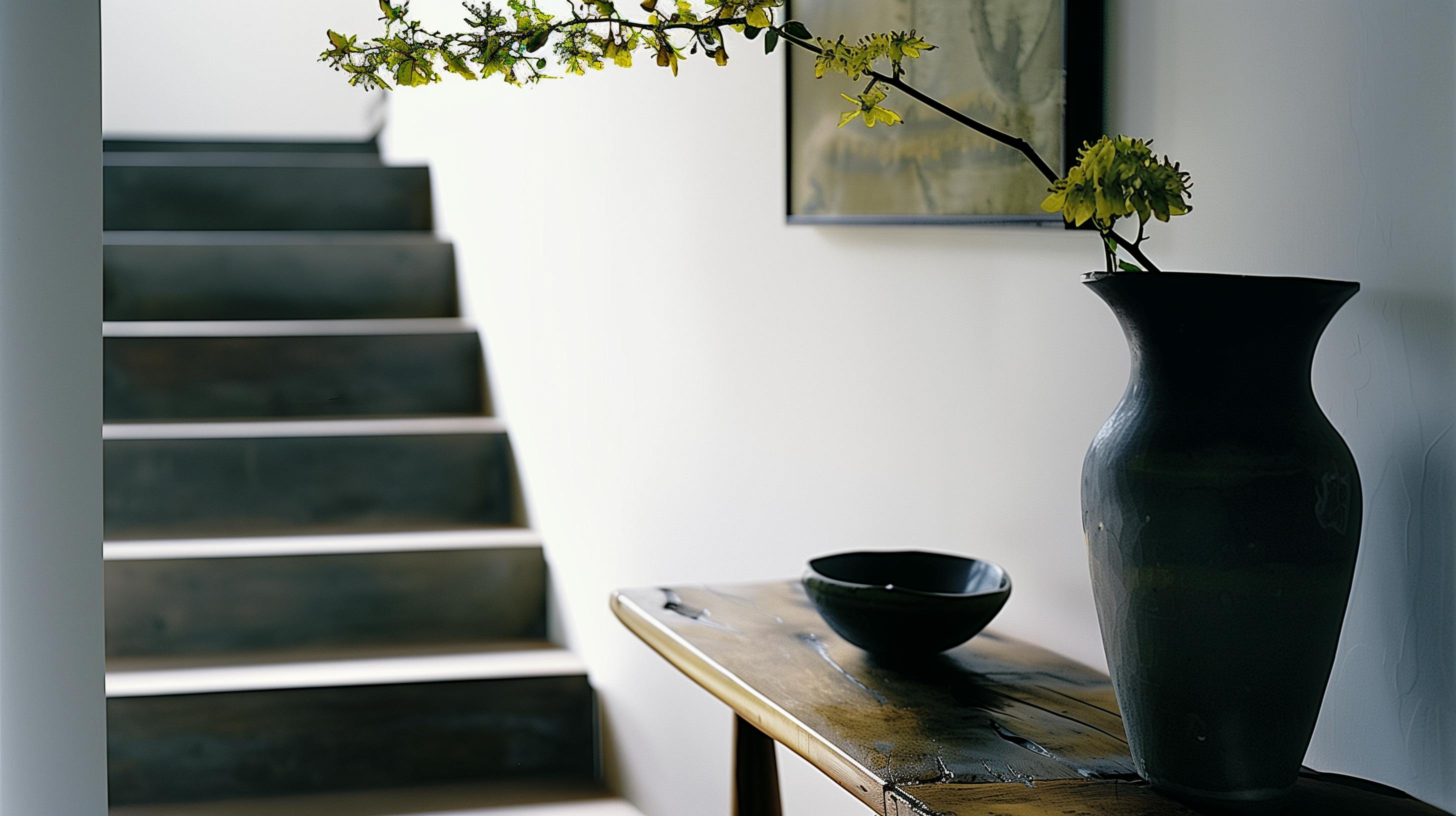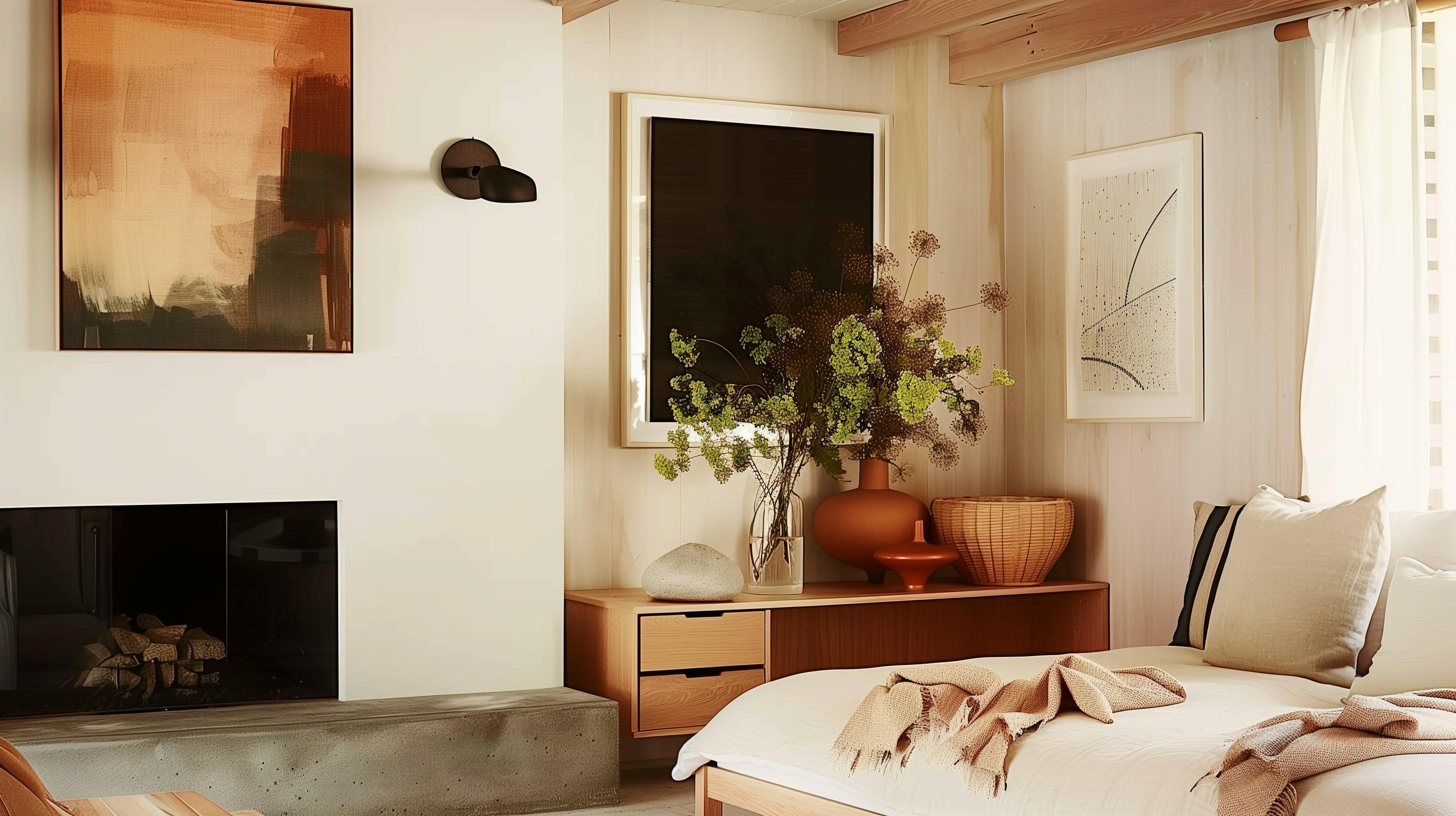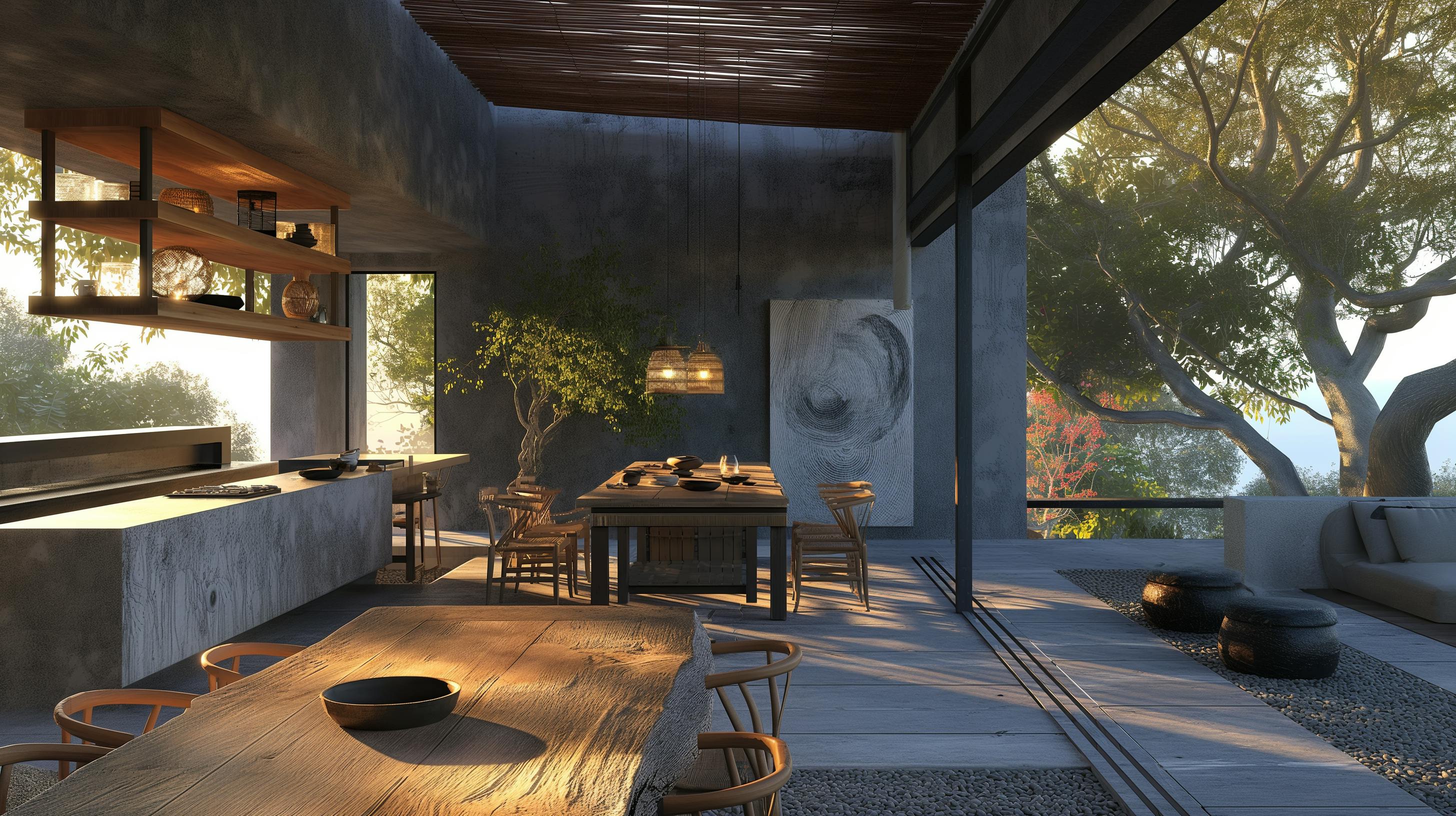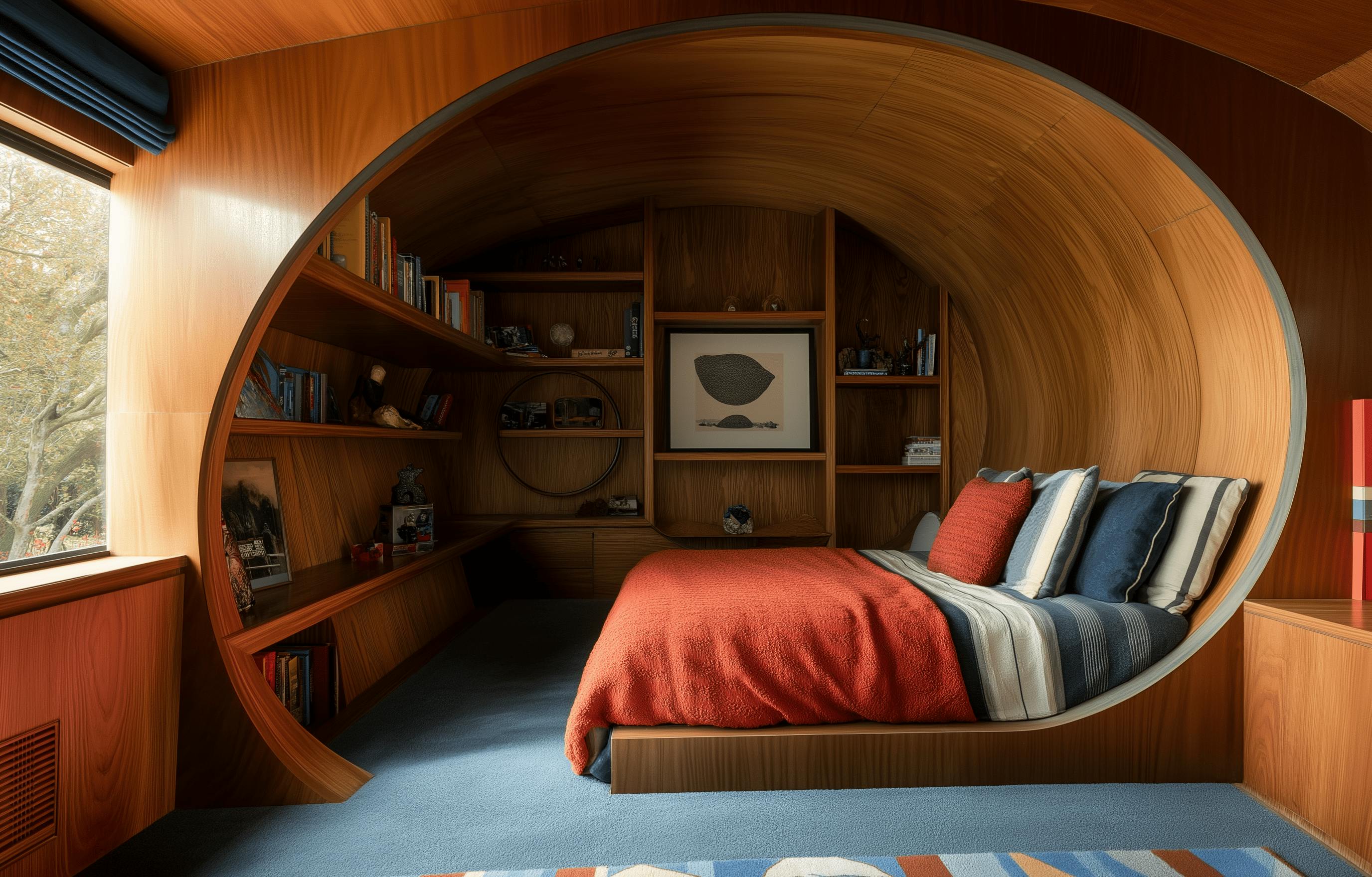As our lives become increasingly chaotic, we seek solace in mindfulness. More and more people are shedding their shiny pretentious facades and gravitating towards the imperfection of authenticity.
It is essential to manifest this concept in our surroundings as well, and few ideologies resonate more harmoniously with this ethos than Wabi-Sabi—a philosophy that uncovers beauty in imperfection and the everyday.
Originating from ancient Japan, this aesthetic celebrates the natural world, the passage of time, and the authenticity of materials. In our homes, it translates into uncluttered spaces, organic textures, and a purposeful lack of symmetry. The crack in the vase becomes a story waiting to be told, not a flaw to be hidden.
Think of the ancient art of Kintsugi – repairing broken pottery with gold lacquer. The cracks become part of the story, a testament to resilience. That’s Wabi-Sabi, a nod to life’s impermanence and the quiet poetry of age.
